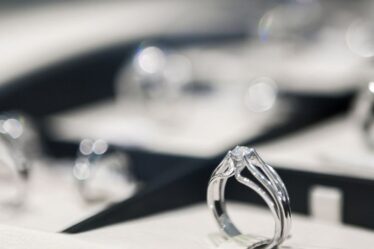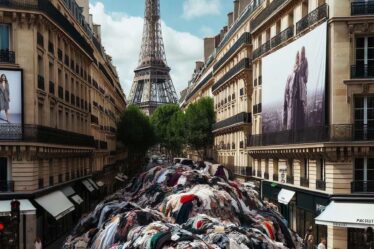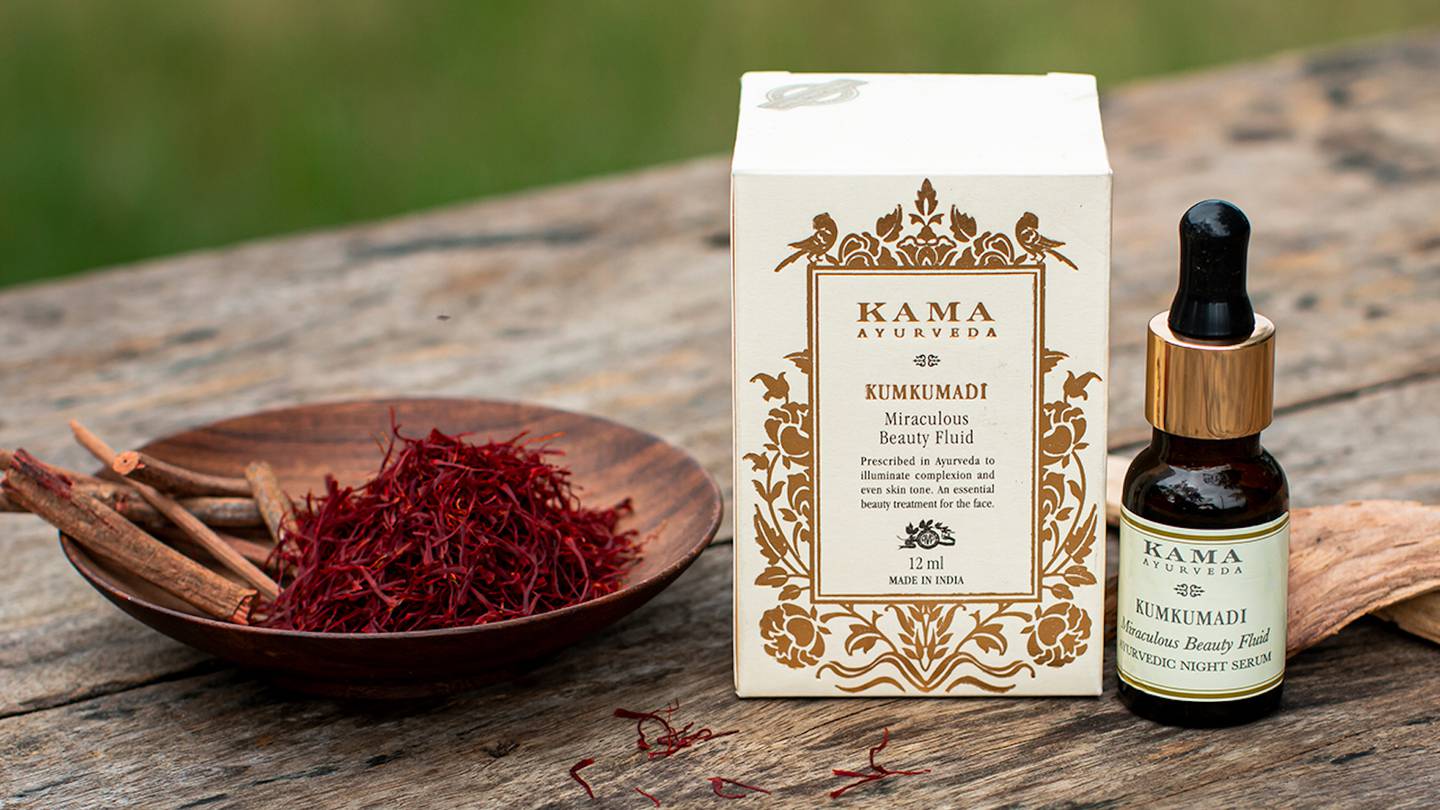
PARIS — When Puig lost its beauty licences for Valentino and Prada in 2018, the Spanish fragrance-and-fashion group appeared to some observers as a company in crisis.
The closely-held group risked getting squeezed for market share by listed giants like L’Oréal, which had scooped up the licences for both prestigious Italian brands, and LVMH, whose beauty brands including Dior and Fenty have surged, boosted by investment firepower and prime positions in the conglomerate’s own retailers Sephora and DFS. At the same time, a boom in pricier niche perfumes was challenging the dominance of designer fragrances, which has long been Puig’s specialty.
But since shedding its big licences, Puig has enjoyed something of a renaissance: In recent years the group redirected investments to brands it actually owns — accelerating the growth of blockbuster perfumes from Paco Rabanne and Carolina Herrera — as well as embarking on a spate of acquisitions that rapidly diversified its portfolio.
A 2018 deal to acquire Dries Van Noten provided a stronger foothold in fashion, while the 2020 addition of British makeup brand Charlotte Tilbury rapidly boosted its exposure to colour cosmetics. Last year, Puig pulled ahead in a race to acquire fast-growing Byredo, bolstering its exposure to both niche perfumery and retail (a channel where it’s historically treaded lightly). The group also bet on wellness-inspired beauty and the promising Indian market by acquiring skin and hair care brand Kama Ayurveda.

In 2022, Puig’s revenues grew 30 percent on an organic basis to €3.6 billion ($3.9 billion), the group said Thursday, putting it within striking distance of its target for €4 billion in annual sales by 2025. EBITDA, a measure of operating profit, rose 37 percent to €638 million.
In its core business of airport- and department-store grade fragrances (a segment referred to by insiders as “prestige”), Puig surfed a wave of post-pandemic demand and grew faster than rivals: its market share hit a record 10 percent, according to the group’s estimates. On the back of its recent acquisitions, makeup sales jumped 52 percent to €626 million, while skin care sales grew 20 percent to €328 million.
Together, skin care and makeup now make up more than a quarter of sales — marking rapid diversification for a company that was, just a few years ago, considered a pure player in fragrance.
“15 years ago we were still a mid-size player. We needed to focus on a few things and do them the best we can,” chairman and CEO Marc Puig told BoF in an interview ahead of the company’s results announcement. “Now that we have a certain critical mass, we can think about other things.”
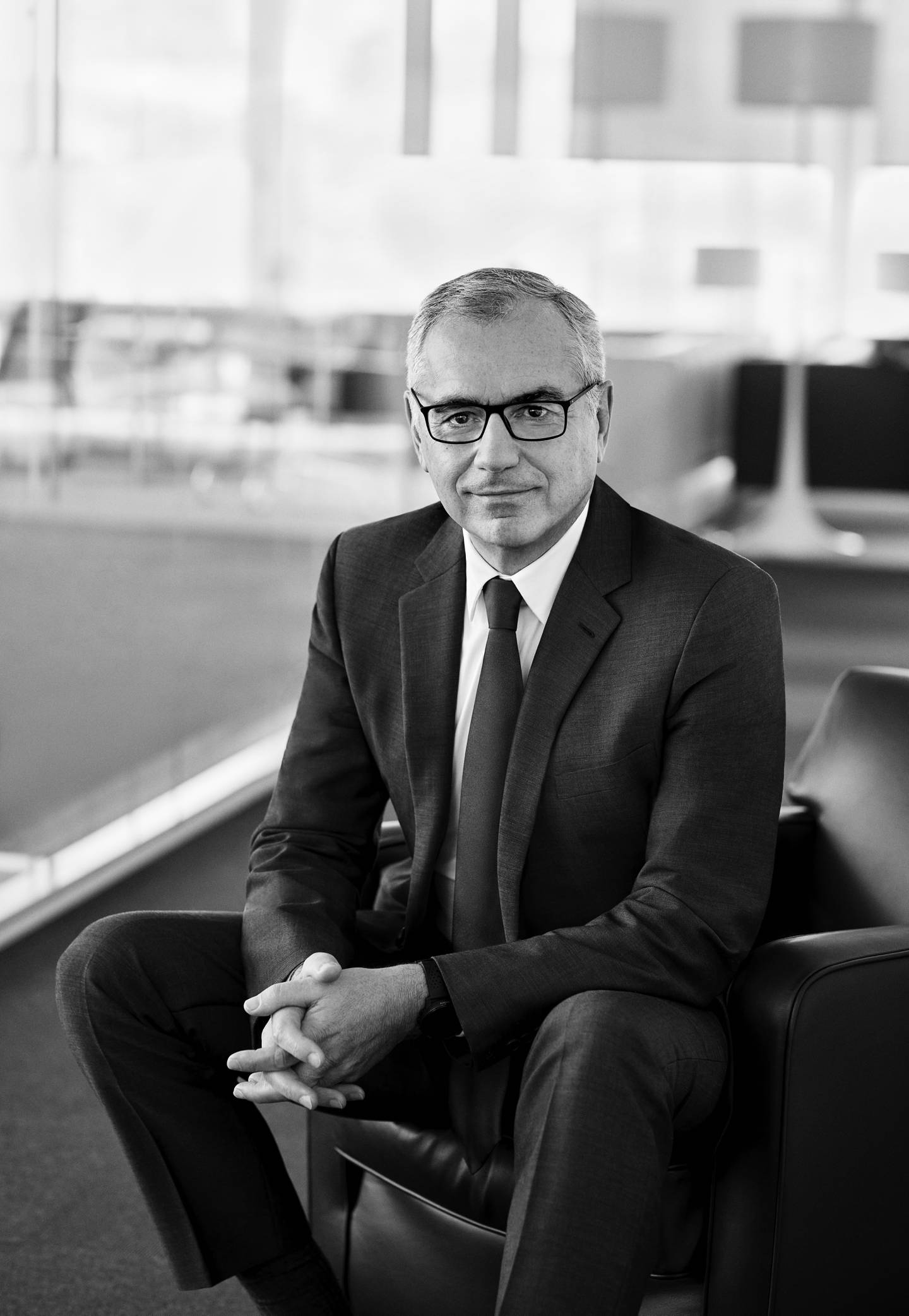
The group did not break out sales of clothing and accessories (which are estimated to remain a small fraction of the business) but said the category was growing as fast as the overall company.
Last year, Jean Paul Gaultier relaunched its fashion business with a buzzy collaboration model that included haute couture shows and ready-to-wear capsules signed by big-name guest designers Y/Project’s Glenn Martens and Balmain’s Olivier Rousteing. Paco Rabanne (designed since 2013 by Julien Dossena) and Carolina Herrera (designed by Wes Gordon since 2018) both “consolidated” their positions, while Nina Ricci laid the groundwork for a revamp in 2023 by naming a new artistic director, Harris Reed.
“In fashion, it’s true that we’re careful, yes, and small — but we keep investing. We’re progressively more confident in our ability to run this business,” Mr Puig said. Even if brands like Paco Rabanne, Jean Paul Gaultier and Carolina Herrera have been predominantly perfume brands for decades, the company still sees fashion as “a lighthouse that sets the tone for the rest of the brand to follow,” Mr Puig added.
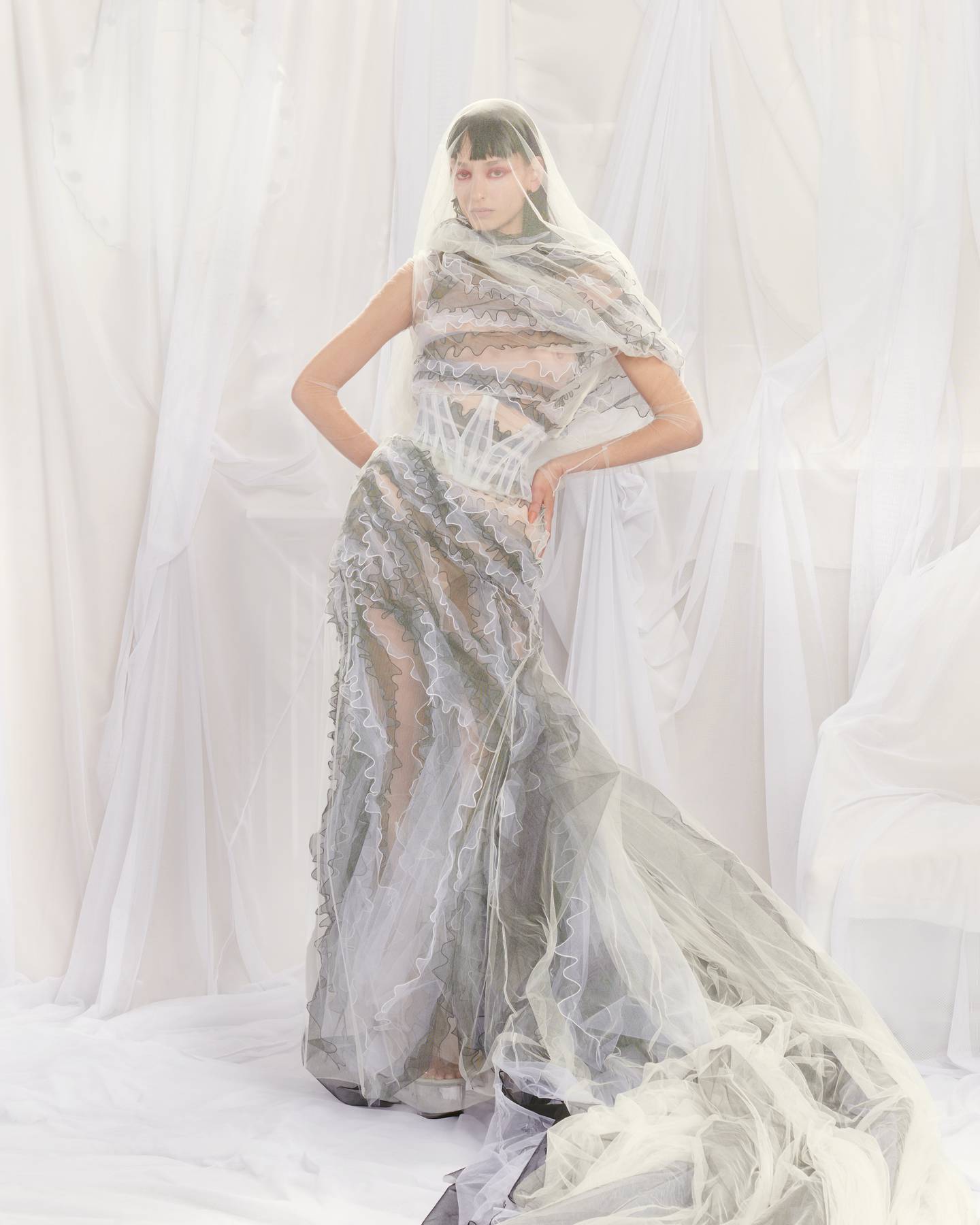
Looking ahead, the pace of M&A is likely to cool. “There’s always holes or imbalances, but now we have to digest a bit, and take time to help those [recently acquired] brands grow,” Mr Puig said.
Puig’s talks to launch fragrances and beauty for fast-growing Jacquemus, or even acquire the brand, have been shelved. “We were courting, but in the end a marriage didn’t materialise,” Mr Puig confirmed. (BoF confirmed a December report by website Glitz Paris that founder Simon Porte Jacquemus had bought back an undisclosed minority stake the brand sold to Puig in 2019, suggesting a deal is now firmly off the table.)
Still, even if Puig is taking a breather from its acquisition spree, the company is seeking to burnish its corporate image in a bid to make itself a more attractive future acquirer, business partner and employer. The family-controlled group historically kept a low profile in a bid to keep the spotlight on its brands, but this posture has caused market perception to lag company developments. A more differentiated positioning could also help it stand out from giants like L’Oréal and LVMH.
“Most people when you say Puig, they still see this perfume manufacturer, manufacturing often times for third parties,” Puig said. “But 95 percent of our sales are brands that we control, which is already a very different picture from what many people believe.”
Last year the company tapped former Vogue Espagne editor-in-chief Eugenia de la Torriente as its communications director. It’s started to describe itself as a “home of love brands” and a “powerful ecosystem of founders,” citing the continued involvement of figures like Charlotte Tilbury and Byredo’s Ben Gorham in the group.
While Puig still operates licences for a few brands, such as Comme des Garçons and Christian Louboutin, the group says it is uninterested in pursuing big licensing deals going forward.
“If you do a bad job as a licensee, the brands don’t renew. If you do a good job, you pay for the job you have done!” Puig said, evoking recent deals like Estee Lauder’s move to pay $2.8 billion for control of Tom Ford, where it has already invested heavily in building the brand’s perfume line. “For a family business that does things long term, it’s very tough to justify.”

